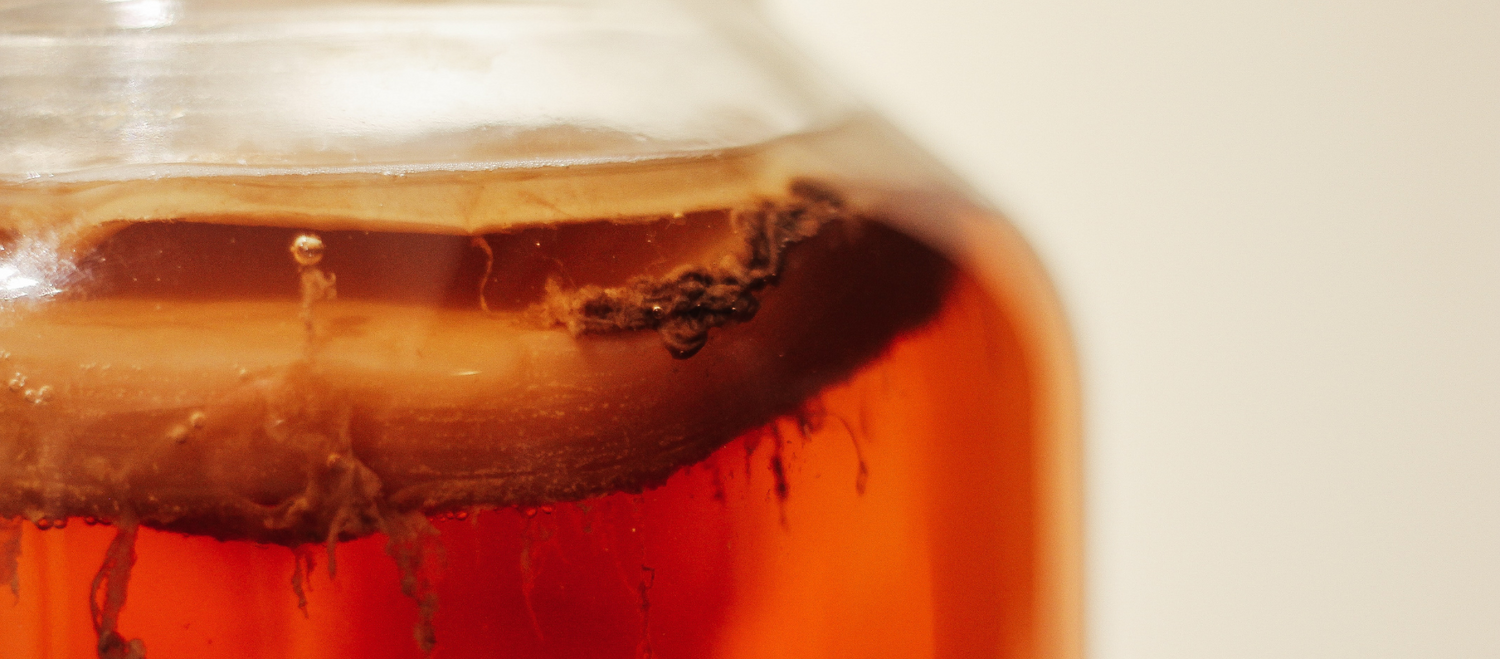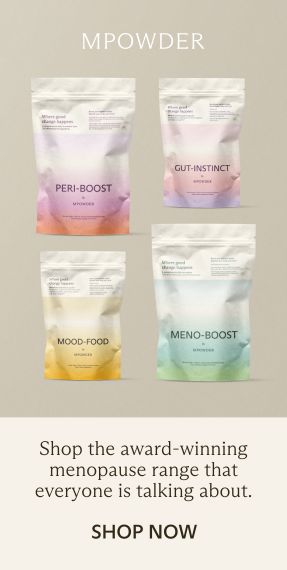So, what is the difference between the two Ps?!
Prebiotics are the food components that feed and nourish the good bacteria in our gut. They are also now known to play a big part in the health-giving properties of an anti-inflammatory diet as they exist, in abundance, in so many of the food groups that feature in that protocol. By incorporating more prebiotics into our diets, we are also able to boost our immune system with anti-inflammatory and antioxidant goodness and increase our fibre intake too (around 90% of us in the UK aren’t eating enough fibre).
Probiotics are those beneficial bacteria. And, alongside feeding them, we can add to them by selecting foods that contain them in a live form.
Our favourite probiotic foods.
Kombucha:
Kombucha is a fermented tea which can be a great replacement to fizzy drinks laden with real or fake sugar when prepared properly. The right recipe can deliver great health benefits and a good dose of probiotics as well as the antioxidant properties of black or green tea. But approach your supermarket fridge with caution! The commercially available blends may have lots of sugar to make them more palatable. Check the label - or check out River Cottage’s range for a healthy and delicious choice.
Kefir:
This clever fermented drink has its origins in Eastern Europe and Southwest Asia - and the name actually comes from the Turkish word ‘keyif’ which means ‘to feel good after eating’. And, as is often the case, increased scrutiny about the health-giving benefits of kefir, is validating what communities have known for generations; it can support gut health and digestion as well as protecting against infection. More recent research has shown that its high calcium and vitamin K2 content can also support bone density, something we all need to take steps to preserve as we transition through menopause.
Kimchi:
A fermented Korean condiment, Kimchi is cabbage based and usually flavoured with a range of spices. And it is the fermentation process that delivers the probiotic goodness, with research showing it can improve intestinal health, support our immune system and enhance our anti-inflammatory response. The biologically active peptides in kimchi may also provide an extra boost of protection to our hearts. Always look for unpasteurised kimchi when adding to your shopping basket. Or, why not have a go at making your own at home? We love this recipe HERE by the ever inventive Happy Pear brothers.
How we fuel our bodies and minds in midlife is critical to our menopause journeys. Which is why we’re returning to the topic of nourishment for our next Meno.Well Masterclass. With over 38% of our community voting to take part in a session that focuses on weight management, Dr Martins will guide us through the biochemical changes that make weight, bloating and gut discomfort a concern for so many of us in midlife, and the practices and protocols that can make a big difference.
I look forward to seeing you there.
With love, Rebekah & The MPowder Team
Safety note: Nature packs a powerful punch. Before making any changes to your lifestyle, always seek advice from your medical practitioner - and remember supplements and wholefoods can impact absorption of prescription medicines. In addition, please note that a number of foods rich in prebiotics contain FODMAPs. If you have been advised to follow a low-FODMAP diet, or have been diagnosed with IBS, these foods may not be right for you.
Share Twitter Facebook Pinterest

